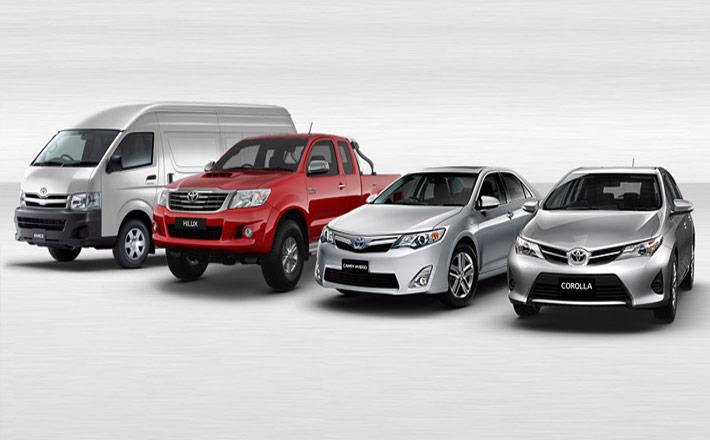Insurance BlogTuesday, February 28 2017
Most small businesses use or own at least one vehicle, sometimes more. But often small business owners blur the lines between the personal autos that they use for business purposes and vehicles that are purchased by the business itself. The standard personal auto insurance policy generally has limitations or exclusions relating to business use that could have an impact on the recovery for damage to the vehicle or personal injury. Consider for example, a self-employed computer technician who drives a pick-up truck to visit clients. In addition to his own computer equipment, he carries property that belongs to his clients. What happens if he is in an accident and the client’s equipment is damaged? What happens if the truck is parked in a parking lot and all the contents are stolen? A small, local dry cleaner may have two or three vehicles that are used for pick-ups and deliveries to clients. That business owner is more likely to have some business auto coverage, but is it the right coverage for the vehicles themselves or the drivers? As author David D. Thamann explains in the Small Business Auto Coverage Guide, coverages available under the commercial auto policies are similar to those found in the personal auto policy, such as liability, medical payments, uninsured/underinsured motorist and physical damage. The personal auto policy also excludes coverage for any insured’s liability arising out of the ownership or operation of a vehicle while it’s being used as a public or livery conveyance, as many Uber and Lyft drivers have found to their dismay. Here is an overview of five key facts to discuss with your small business owner clients to ensure that they have the right coverage for their needs. 1. Know your symbols
Unless there’s a coverage symbol shown beside the coverage name, the coverage won’t apply. And unless the correct coverage symbol is shown, the small business owners may be without the coverage they intended to have. The covered auto designation symbols in the business auto policy are numerals ranging from 1 through 9 and 19. Here are a few examples: Symbol 1 — Any Auto. When the policy has a Symbol 1, the small business owner will have coverage for any auto owned, hired, borrowed or used by the insured. Symbol 1 encompasses all the other coverage symbols.
2. Liability coverage
The insuring agreement contains several clauses defining who is an insured, which is an important section for agents to review with small business owners. Anyone who fits the definition of an insured can qualify to receive the benefits of the insuring agreement — even if that’s not the person who paid the premiums. It’s also important for agents to remind clients that coverage under CA 00 01 applies separately to each insured seeking coverage or against whom a claim is made. 3. Physical damage coverage
The coverage agreements list the various ways in which a covered auto can suffer physical damage and lists the kinds of losses the carrier will pay for. To activate coverage, however, a covered auto designation symbol must be placed in item two of the declarations form. The policy will pay for a loss, which is defined as a direct and accidental loss or damage to a covered auto. If there’s no direct physical damage, there’s no “loss.” The policy generally doesn’t provide coverage for consequential damage or loss of use of the vehicle. 4. Business auto conditions
The loss conditions are:
The general conditions are:
5. Business auto policy definitions
These are just a few of the key points that insurance agents should discuss with clients to ensure that the vehicles used in the client’s small business are insured correctly. For more about the topic, see “Small Business Auto Coverage Guide,” by David D. Thamann, J.D., CPCU, ARM, published by The National Underwriter Company, a division of ALM Media LLC.
|




